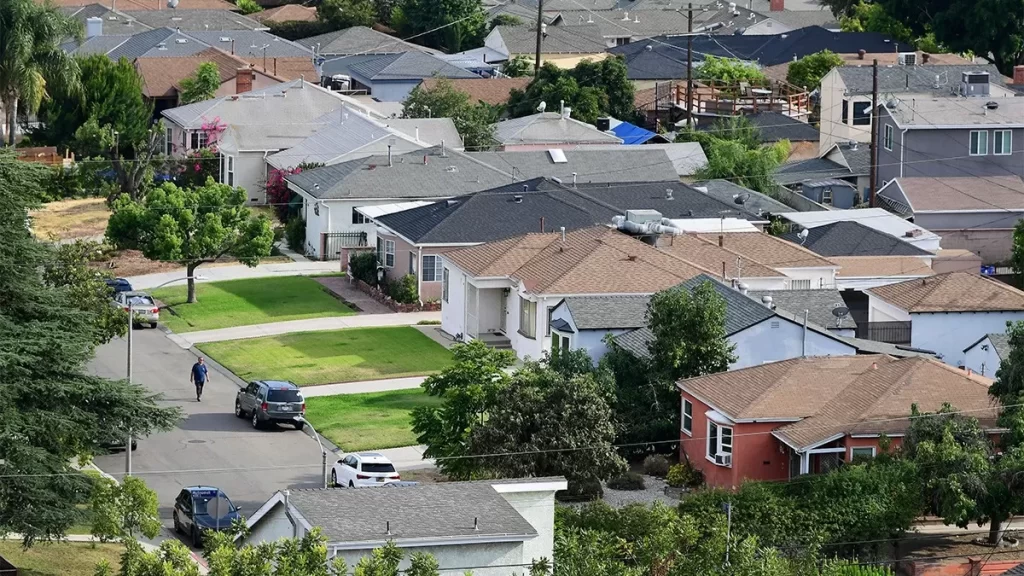
Getty Images
Getting a foot in the door of the U.S. housing market could get much harder for a broader swath of households, even as the pandemic boom cools and home builders brace for a potential recession.
Low affordability already cut the bottom 40% of households out of the market for starter homes, according to a new S&P Global Ratings report, which forecasts 60% of households will be priced out by the end of 2025.
“Fortunately, for those households who already bought a home, more mortgages are fixed rate than adjustable rate, so they have less exposure to climbing rates in the future,” a team led by Beth Ann Bovino, S&P Global North American chief economist, wrote in a report Wednesday. “But prospective homeowners will be vulnerable to higher monthly payments.”
Bovino’s report gauged affordability as topping out when mortgage payments reach 25% of a household’s income, a figure that has long put homeownership out of reach for many in the lowest income brackets in America.
Specifically, the bottom one-fifth bracket, or households making up to about $27,000 a year, would need to spend at least 100% of their income to afford a monthly mortgage payment, according to the report.
For middle-income borrowers, mortgage payments already topped 26.7% of income in the first quarter, and are expected to climb to 31.4% in the fourth quarter, “leaving 60% of U.S. households out of the market.”
Suzanne Dershowitz, a staff attorney at Public Advocates, said that while the affordability crisis isn’t new, “We are seeing consolidation of massive profits in the hands of a few, at the expense of communities of color.”
The nonprofit California law firm and advocacy group focuses on housing, education and climate justice for low-income communities and people of color.
“What all this data shows is that our housing policies need to treat housing as a basic human need,” she said by phone. “Government regulation needs to focus on people, rather than housing as a commodity.”
S&P’s report pointed to the roughly 20% annual rise in home prices and a more “hawkish” Federal Reserve as key culprits of the housing “affordability crunch,” with the central bank’s inflation-fighting policies pushing 30-year mortgage rates to 5.18% in the second quarter, a 13-year high.
The Fed is expected to raise interest rates by another 75 basis points next week, and continue hiking rates aggressively this fall as it looks to tamp down inflation that hit a 41-year high of 9.1% in June. The yield on the benchmark 10-year Treasury note climbed back above 3% and stocks rallied sharply for the week.
Bovino’s team expects the benchmark mortgage rate to hit 5.42% by year’s end.
“Clearly, we are seeing a flattening out of the rate of home price appreciation right now,” said Buck Horne, housing sector analyst at Raymond James, by phone, but he also disagreed with the dire affordability picture painted by S&P’s team.
“There’s no question that affordability is a lot more challenged this year than last year, and prepandemic,” he said. “It certainly doesn’t mean the American dream of homeownership is dead.”
For one thing, the labor market remains strong and remote work has allowed some buyers to “solve for affordability with their feet,” by seeking out property in less expensive areas, other metros and suburbs, he said. Others have opted to take out adjustable-rate mortgages instead of the 30-year fixed standard.
“The market is in the process of adjusting,” Horne said, pointing to home builders that have been pulling back on unsold production.
“I don’t think we are going to have a housing crash.”
The post Who Can Afford a Home? Roughly 60% of the U.S. Could Be Frozen Out of Starter Homes, Warns S&P appeared first on Real Estate News & Insights | realtor.com®.
